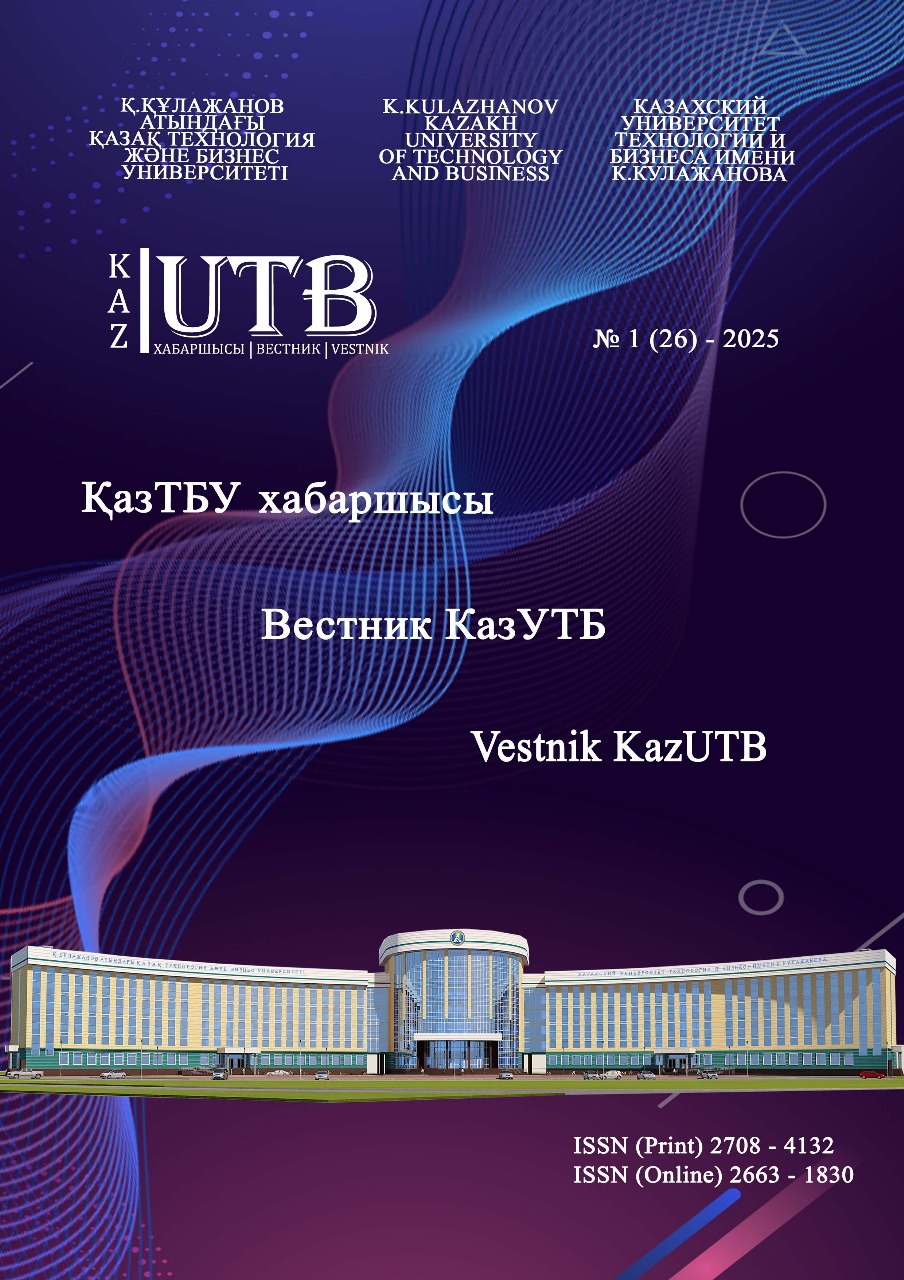Меню


Information and communication and chemical technologies
No. 1 (26) - 2025 / 2025-03-31 — Updated on 2025-03-31 / Number of views: 91
TECHNOLOGY FOR THE PRODUCTION OF MODIFIED ACTIVATED CARBON AND THE STUDY OF ITS SORPTION PROPERTIES
Authors
Keywords
modified activated carbon, iron oxides, phosphates, sorption properties, water purification
Link to DOI:
How to quote
Abstract
This article presents the results of research on the technology for obtaining modified activated carbon and its sorption properties concerning phosphate ions. The process of chemical modification of activated carbon involved applying active sites to its surface, which enable selective binding of target ions, in this case, phosphates. For this, the carbon was impregnated with iron salt solutions (FeCl3) followed by thermal treatment. As a result, oxides formed on the carbon surface, which play a key role in the formation of active sites for adsorption. The iron oxides formed on the carbon surface, such as Fe2O3 and Fe3O4, engage in coordination interactions with phosphate ions, significantly increasing the sorption capacity of the material. The structural changes in the modified carbon were confirmed using FTIR spectroscopy and SEM analysis. The sorption properties of the obtained modified activated carbon were studied under various conditions, including variations in pH, temperature, and adsorbent dosage. The experiments showed that the highest adsorption efficiency (85%) was achieved at pH 7, a temperature of 30°C, and an adsorbent dosage of 0.5 g/L. A comparative analysis of the sorption properties of modified and unmodified carbon was also conducted. The modified activated carbon demonstrated significantly higher adsorption efficiency (85%) compared to the unmodified carbon (62%).




